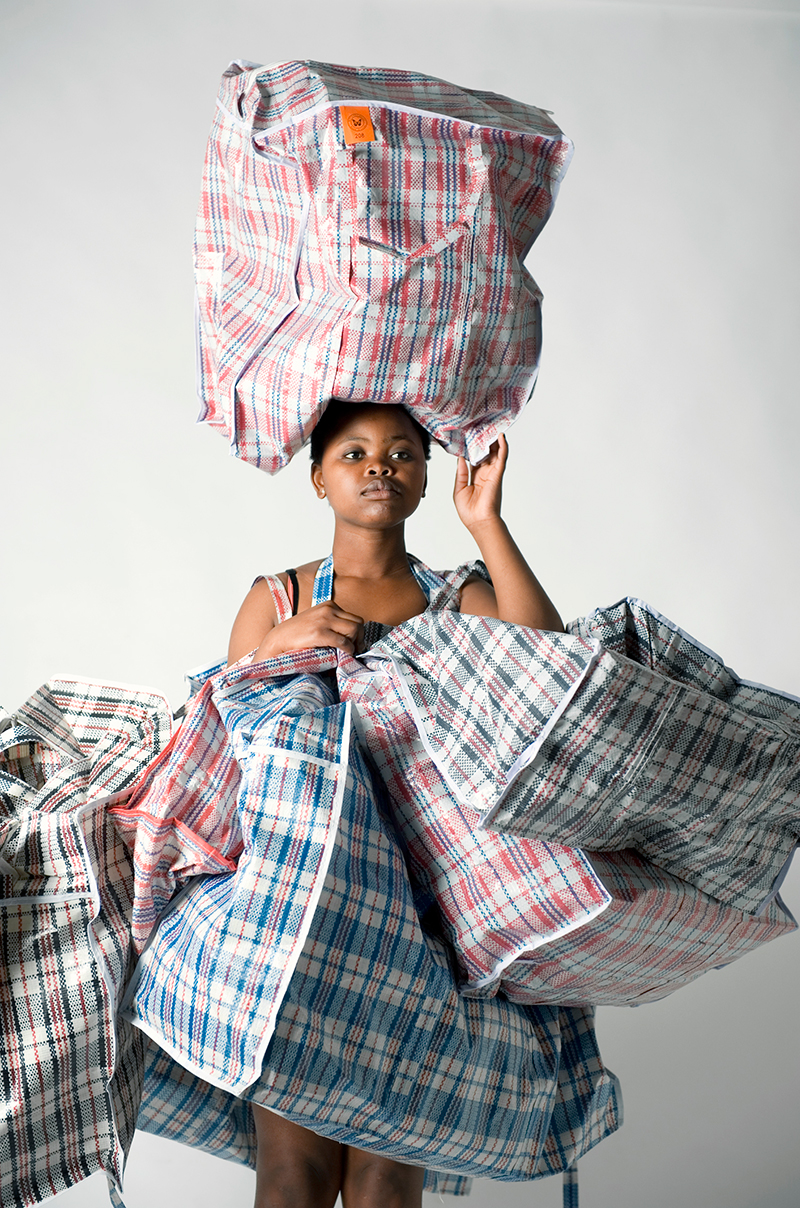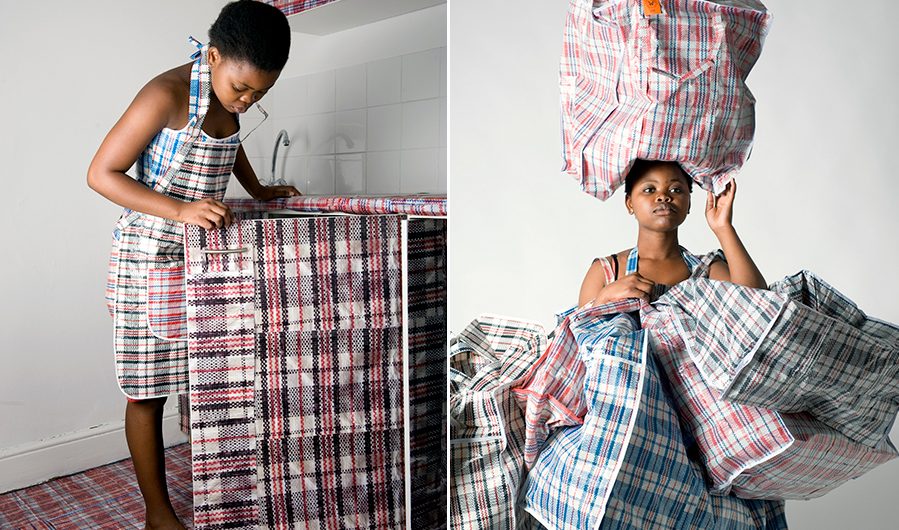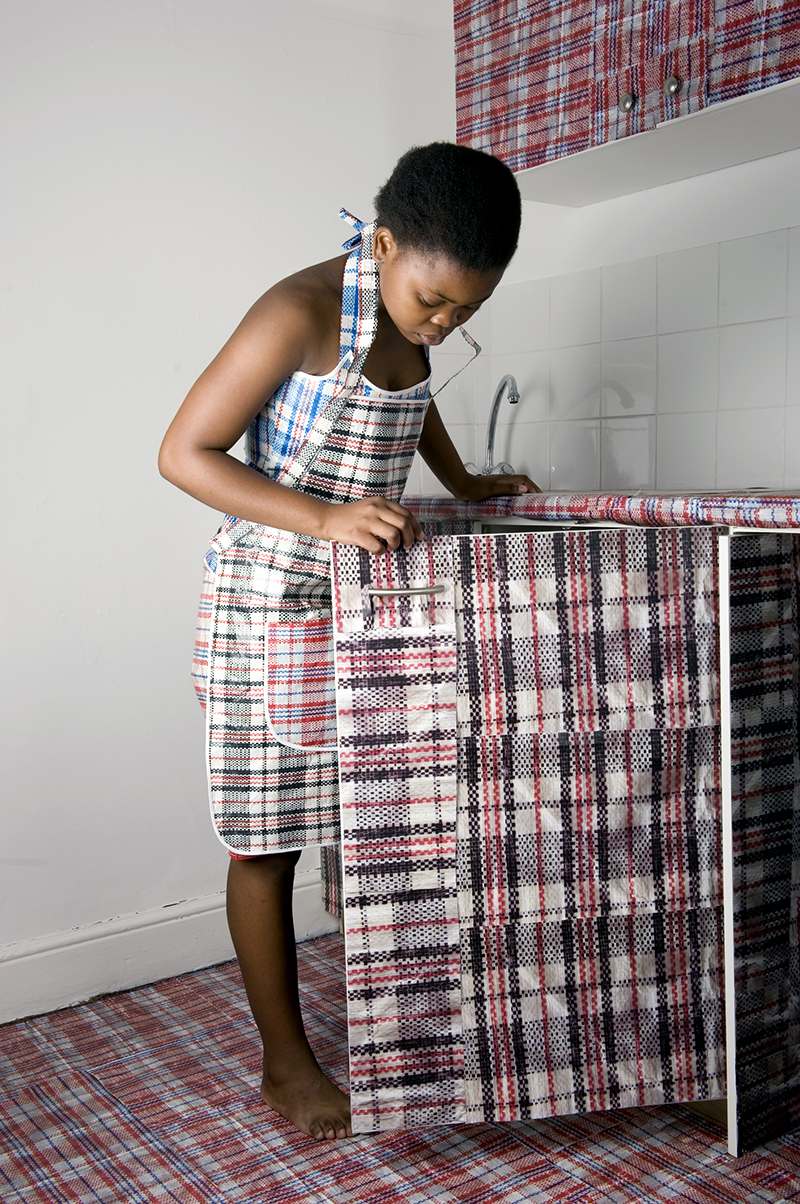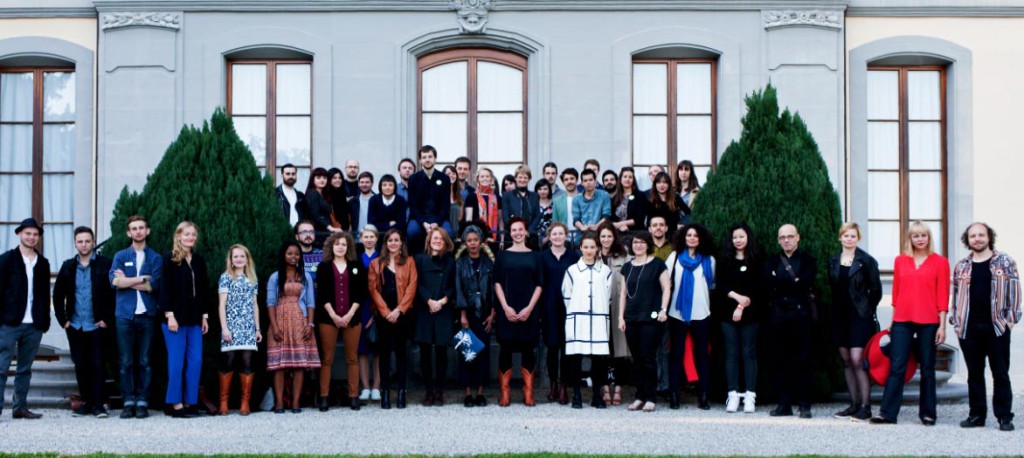Get inspired by Nobukho Nqaba, a young South African photographer currently building an exceptional body of work.
Meet Nobukho Nqaba, a young South African photographer here in Cape Town. Nobukho was recently selected to take part at a group exhibition in Switzerland as one of 50 young artists representing 25 different nationalities. This, as you can image is quite something to be proud of. We caught up with Nobukho to have a chat about her work, her trip to Switzerland and find out what’s next on the cards.
First things first, Nobukho please tell us a little bit about yourself and what you love to shoot?
My name is Nobukho Nqaba. I was born on the 27th of October in 1992 in, Butterworth, Eastern Cape. I am interested in objects and things that are heavy in memory and am always wanting to learn significances and meanings of things that are familiar to me and also unfamiliar. When I am doing a project I always look at myself first and how I identify with the things that I want to explore. I then look at a wider angle and unpack how the things I’m interested in affect other people as well because I believe, although I may have a unique story, it is also parallel to others. I love shooting myself ☺ for now, projects that I’ve done have been based on me and my childhood and therefore I have been the subject of my projects. I sometimes shoot others who act as models of me as a child and I also put myself in the pictures.
Who or what got you interested in photography as a career?
I never thought that I would choose photography as a career. When I left high school and enrolled for a fine arts degree at Michaelis, I had no idea of what route I was going to take. I thought well, I’m going to do painting and drawing just like I did in high school only now I will do it at a higher degree☺. However, I got exposed to a whole new world of a variety of art making, mediums, techniques and I fell in love with photography. I remember my first project was a pinhole camera project and I enjoyed every minute of it, from making the camera using a box and a tin lid to going out and shoot. I loved being in the darkroom and developing images even though at times it was so frustrating, especially when I couldn’t get the perfect print. I was so bad at developing prints but, I kept on wanting to do more and to improve. I also had amazing lecturers who were very supportive, encouraging and patient.
The Grabouw project that was the starting point for Umaskhenkethe.
What’s your most memorable assignment or project, and why?
It is quite difficult for me to pinpoint my memorable assignment because all my projects excite me and they often feed into each other. However I like a project that I did in 2011 where I went back to a house I grew up in in Grabouw and I made a series of images reminiscent of my childhood. I used objects that were of everyday use at home, the paraffin light, the wooden cupboard as well as the shiny table cloth with flowers that my mom use to decorate our table with and cut small shapes to make it look pretty. For me that project was a beginning of everything, the beginning of my never ending exploration of objects and meaning. It is a project that actually fed into Umaskhenkethe likhaya lam (the china bag project) which what many people know me of. Umaskhenkethe is also memorable and has brought so many great things for me such as getting the 2013 Tierney fellowship award and being one of the artists selected for reGeneration3.


Umaskhenkethe Likhya Lam | Currently shown in Lausanne, Switzerland.
You recently had the opportunity to travel to Switzerland. Please tell us a bit more about what that was for, how did it happen and what did you do there?
I was recently invited to take part in a group exhibition in Switzerland at the Musee de L’Elysee in Lausanne called reGeneration3. reGeneration3 features 50 young artists representing 25 different nationalities and 40 different art institutions. The show “investigates how emerging photographers are using the photography medium in an interdisciplinary form.” All the artists work that showed there were trained in the photography field and some work mainly in photography but others move between different medium although photography also remains as the centre of their work. This suited me perfectly because I also do performance art as well, I work with both mediums because my performances require documentation. From my understanding they sent the invitation to Michaelis School of fine art and asked them to nominate portfolios, which they thought were working with their vision. I do not know how many portfolios were sent through, but I was the one chosen to take part in the exhibition. There were two of us from South Africa, me and Paul Samuels from the Wits school of art.
It was an amazing experience and was very humbling to be there. I got the chance to meet other artists from different parts of the world and we all got to share our love for photography and we motivated each other and gave each other positive feedback. While we were there, we got to be in panel discussions and we also got the opportunity to have our works critiqued by other established artists and art critics. The atmosphere was amazing, the critique that we got was honest and constructive. I left there with high spirits and was motivated to carry on with my project and bring it to new heights.
This trip provided a chance to network with a variety of people and build connections that will last a lifetime.
What’s next for you?
I am now working towards expanding umaskhenkethe and explore more, and again, I am looking at myself as the subject. I was recently called a kwerekwere – a name given to foreigners, ugly and the beginning of all that is considered xenophobic. This experience got me to question a lot of things about the society I live in and identify with. What makes one foreign? Is it the features of the face? The size of one’s nose? Accent? What is it that makes others anxious and uncomfortable when they see the unfamiliar?
And finally, if you could sit down and have a cup of coffee with any photographer – who would that be?
Also another difficult question… I cannot just have one coffee with one, I would like a coffee party with Samuel Fosso and Lolo Veleko.











